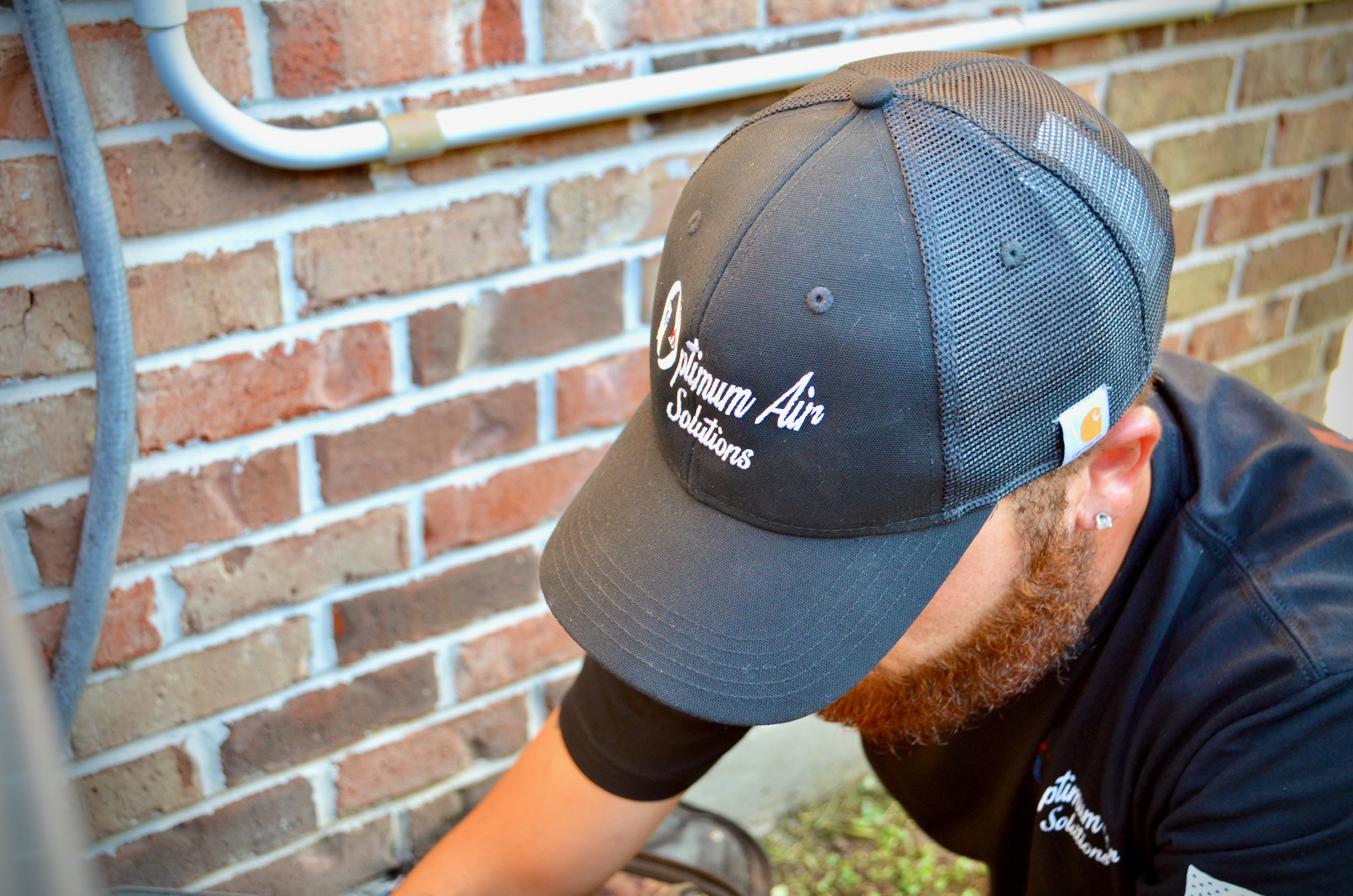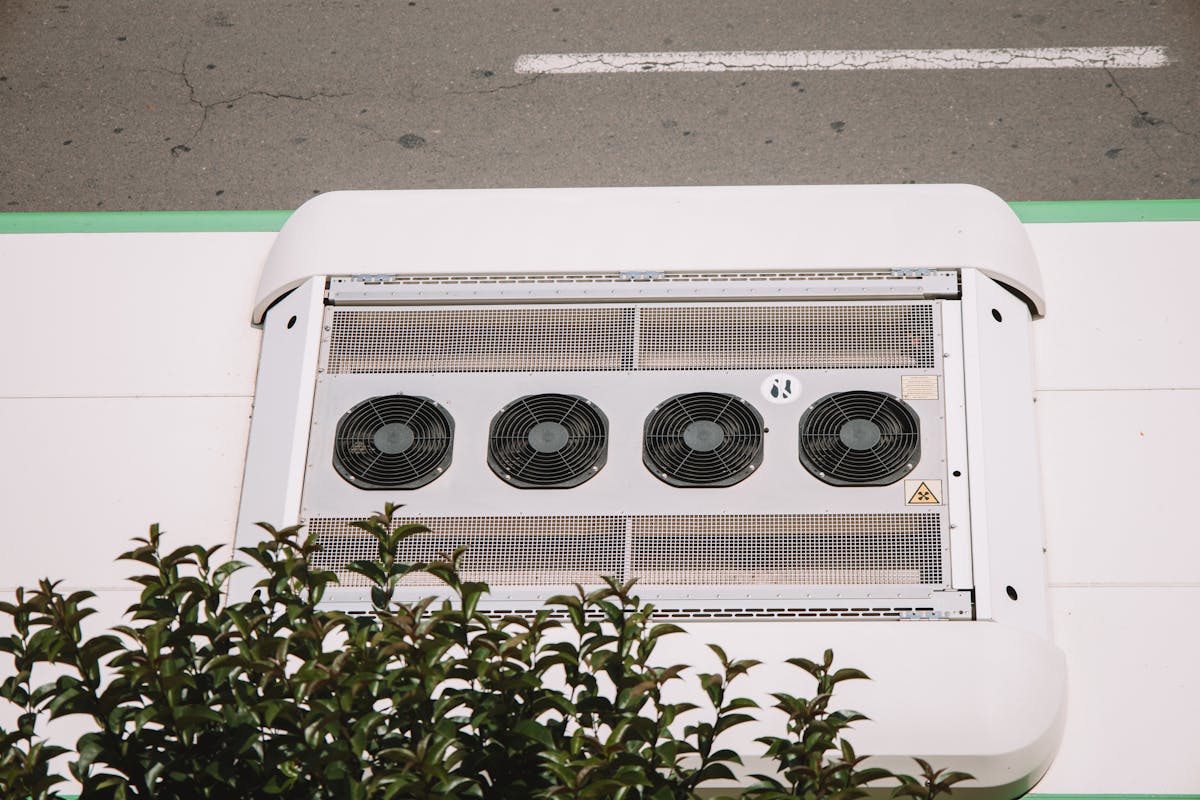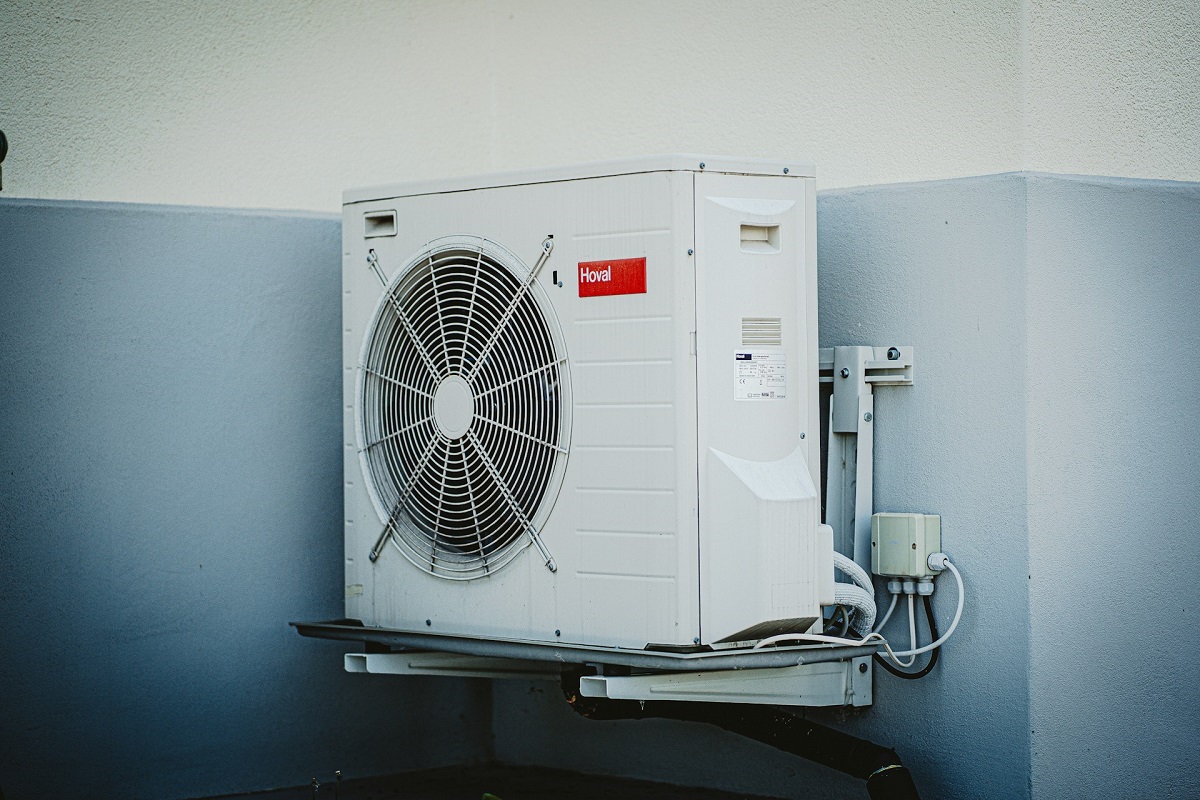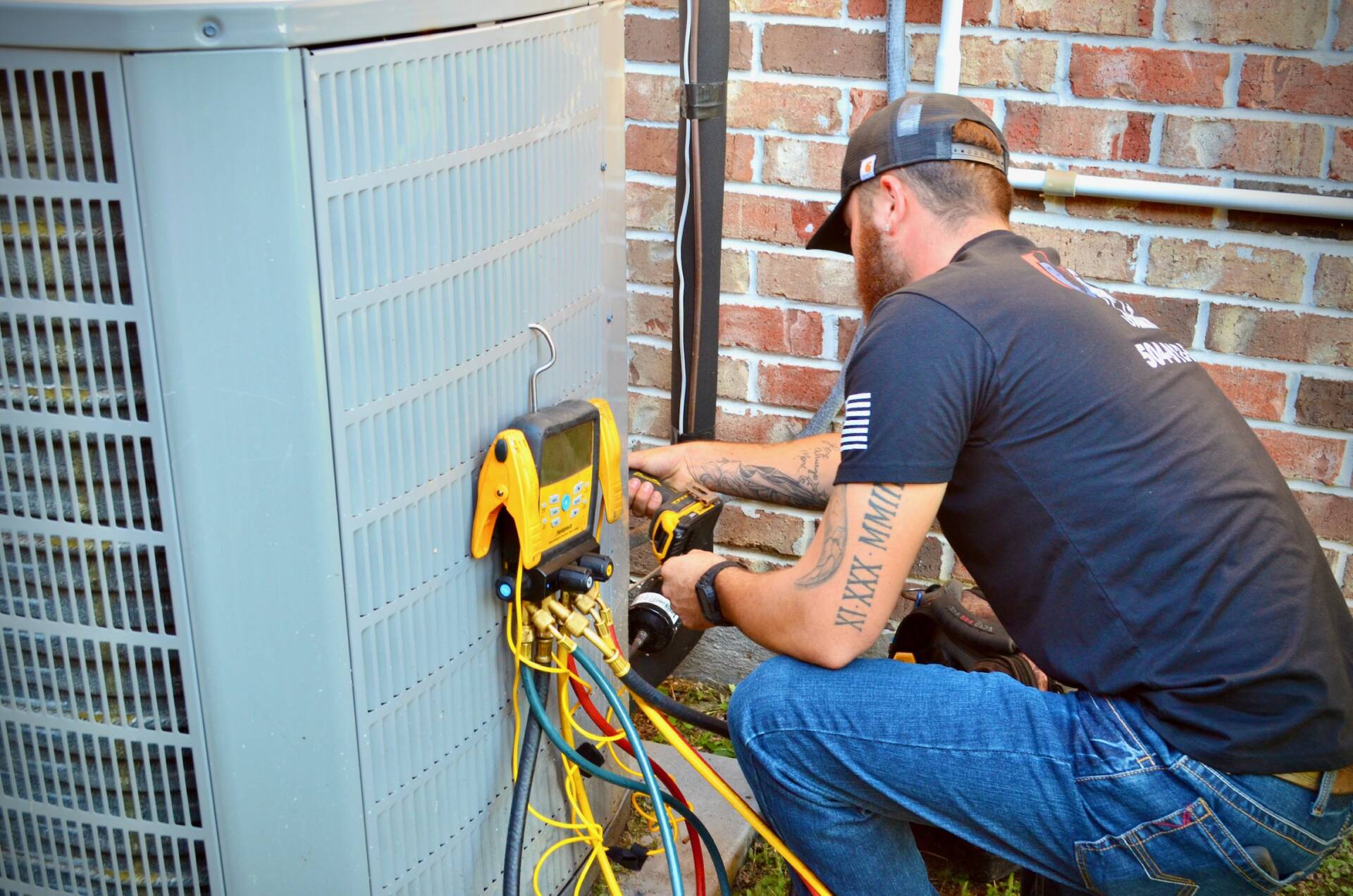
For many homeowners, a functioning water heater is an integral part of day-to-day life. While tasks such as taking showers and washing dishes and clothes can be completed with cold water, doing so may be less effective, if not downright unpleasant. As such, it is important to conduct regular maintenance in order to prevent your water heater from losing efficiency—or worse, breaking down completely. And one of the most essential parts of this maintenance process? Draining your water heater.
If you are unfamiliar with water heater upkeep, you may not know how to drain a hot water heater, or you may be wondering whether it is entirely necessary for your home. That is where our team at Optimum Air Solutions comes in. With decades of experience tending to heating and cooling systems for both commercial and residential properties, we are here to provide maintenance support and advice in order to help keep your hot water flowing all year long.
The Importance of Draining Your Water Heater
No matter the water source or whether your water heater has a tank or not, most—if not all—water heaters have at least one thing in common: sediment buildup. Over time, minerals and other particulate matter in your water supply begin to accumulate, clogging up the bottom of your heater. If ignored, this sediment can cause problems including:
- Scaling, or a buildup of minerals in your water fixtures, piping and water heater. Over time, this scale accumulation can lead to issues, including a reduction in your water heater’s efficiency.
- Corrosion. Sediment can cause your water heater’s internal elements to begin rusting, damaging the system’s structural integrity and contaminating your water supply. Mineral buildup and corrosion can also cause leaks over time.
- Unsafe water. Any bacteria carried in by sediment which is not killed by the heat can begin to multiply over time. If you notice that your water smells or tastes strange, turn it off and schedule an appointment with a professional immediately.
While sediment buildup may be inevitable, there are two techniques that can help get rid of it before it begins to affect your water heater’s ability to function properly. These two methods—that is, draining and flushing—are precisely what they sound like. Draining is the process of removing all the water from your tank, while flushing refers to the use of cold water to rinse out any remaining sediment. How often you repeat these processes depends on the rate of mineral buildup in your water heater.
Homes which use hard water—that is, water with higher quantities of minerals like calcium and magnesium—may experience problems more often, as sediment will build up more quickly. While others may only need to drain and flush their system once every year, homes which utilize hard water should clean out their water heater at least twice per year.
How to Drain Your Tank Water Heater
In general, the process of draining a hot water heater step by step includes:
T urn off the water and power
To avoid burning out the heating element or replacing the water as it’s draining, make sure that the water and gas or power supply to your heater are shut off.
Let the water cool for at least a few hours
If possible, allow the water to sit overnight in order to avoid injuring yourself.
Get a hose and attach it to the drain valve
Thankfully, you don’t need a specialized hose to do this. Instead, you can just grab the garden hose from your yard, if you have one. Attach this to the valve at the base of your water tank and make sure the other end of the hose is in a suitable location, either by a floor drain or outdoors.
Allow air into the system
You can do this one of two ways—by opening the pressure relief valve on your hot water heater, or by turning on the hot water faucet of whichever sink is closest. This allows air to flow into the system, which will help the water to drain more quickly.
Open the drain valve
While some drain valves may have a handle or knob, others may require a flathead screwdriver to open. Make sure you inspect your drain valve so you can get a screwdriver if necessary before you start. Once the drain valve is open, it will likely take some time for the water to drain completely.
Flush the tank
Turn the cold water on and rinse out the tank until the water runs clear. If your system is tankless, flushing your water heater is often a more involved process. While a tankless heater cannot technically be drained, as it does not store water, the system still needs to be flushed in order to get rid of any sediment buildup. As this process can be relatively convoluted, and may require specialized equipment in order to be done right, consider calling a professional.
Put everything back the way it was
Remove the hose, shut off the drain valve, and either turn off the hot water tap or close the pressure release valve.
Refill the tank
Turn your water back on in order to refill the tank. Once this is done, restore the power or gas supply to your water heater.
Get in Touch with Optimum Air Solutions to Learn More About Draining Your Hot Water Heater
As a homeowner, draining and flushing your hot water heater is a crucial part of keeping your system functional. Not doing so allows mineral deposits to keep building up, slowly but surely damaging your system and potentially increasing your energy bill. Thankfully, however, while the process can be time-consuming, and may require a professional, it is not a task which needs to be performed often. Instead, draining and flushing your water heater should be repeated once or twice per year, depending on the hardness of your water.
At Optimum Air Solutions, we have over 20 years of experience repairing and replacing heating and cooling systems for customers all across the Greater New Orleans area. Our team is ready to work with you to understand your needs, offer advice and information, and determine the best course of action. So if you are a homeowner wondering how to drain a hot water heater, or how often to do so, give us a call or send us a message today. We’ll have your system working again in no time.
continue reading
Related Posts
“Comfort is the quiet hero of any home.” Open floor
It’s no easy feat staying cool in the heat of
“Efficiency is doing better than what is already being done.”



